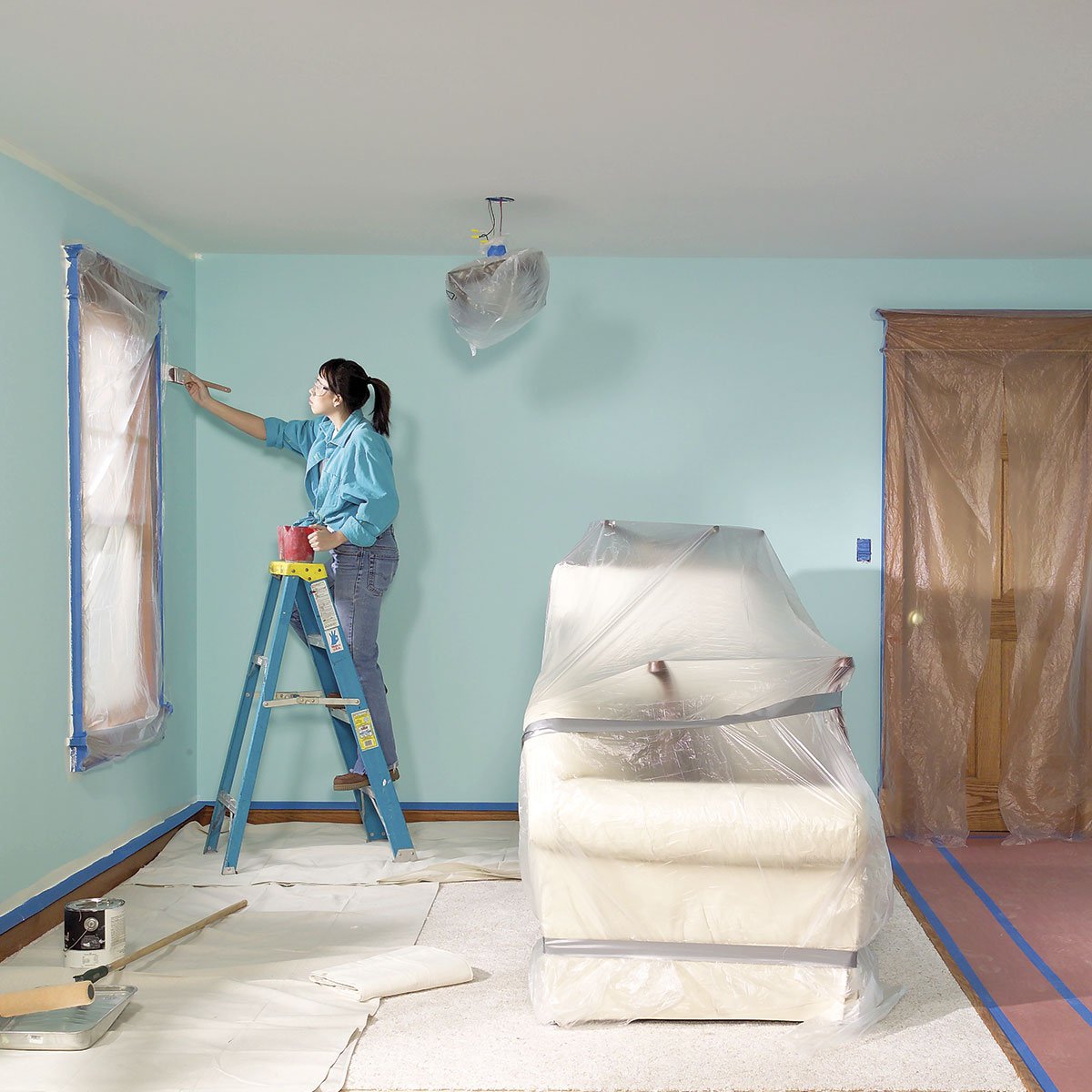You have finally decided that your house needs a new paint job. Whether you’re doing it yourself or asking a professional like the Painting Adelaide Pridal Company to do it on your behalf, you still need to be aware of these tips and tricks to make sure that your repaint job goes on smoothly and flawlessly. Here are ten trends you need to know about repainting your home:
Be Wary of Lap Marks
Those super unsightly vertical stripes that are visible to the eye are called lap marks. These are caused by uneven layers of paint build up. In warmer weather, paint easily dries as you apply it. Be sure that each stroke of the roller brush has overlapped with the previous before the paint in that sections dries. It is vital for the painter to maintain a wet edge to avoid these ugly marks that scream amateur paint job.
Aim for Consistent Color
Mix a large bucket of paint together to avoid different color depth. Even if the paint has the same name plastered on the can, pain can still slightly vary in color. Thus, it is best to estimate how much paint you will need, so you can mix it in a five gallon bucket to ensure that all your walls get an even shade. If you can’t estimate properly, this is the case were you disregard “less is more”. Opt for mixing a lot to prevent a blotchy wall, especially since you can always pour any leftover paint back in the can.
Get the Perfect Edge
To get the perfect edge, use tape on your walls and remember to take it off only when it is dray. Remember that moving the tape can tear off pieces of paint, so be sure to cut the tape loose before pulling to create that perfect edge. If you cut the tape film while the paint is still gummy, you’ll make a mess. Be sure to pull the film at a .45-degree angle.
Do the Trim First
Professionals work on the trim first, then the ceilings and walls. The reason behind this is it is easier to tape the trim as opposed to taping the walls. On top of that, you don’t have to worry about being super precise with the trim. If it does get on the wall part, then you can just easily paint over it when it’s time to do the walls.
Prime and Fill in Holes
Having holes and cracks on your walls will leave your new paint looking blotchy and inconsistent. Fill those walls and prime them, so it doesn’t absorb too much paint nor sink after application. A quick coat of primer goes a long way and makes a huge difference to the paint sheen.
Clean Dirty Surfaces
Paint will have a difficult time adhering to dirty and oily walls. They will chip off, crack, or peel easily. Thus, it is important to clean those walls with a heavy duty cleaner and a prepping agent before proceeding with a paint job.
Roll Paint Along Edges for Consistency
To ascertain that consistency of the finished paint texture, make sure that you apply the roller on top of the initial brush paint. Using two different brushes have noticeably varying textures. Polishing it off with the roller brush mitigates this issue.
Use Cotton Drop Cloths
No matter how careful you are, whether you’re a pro of a DIY-er, paint spills and splatters are inevitable. It is better to prepare for these than to clean them off your carpet, tiles, or wooden floor. All you’ll need is a big canvas drop cloth to catch all the spills. This thick canvas will stay put without taping, unlike newspapers that need taping because they can fly. On top of that, paper will also easily rip.
Feather Out Paint If You Can’t Keep a Wet Edge
To minimize the lap marks on areas that you can’t easily do, then using the feather technique to mask the uneven texture is necessary. Feathered out paint will keep the paint from building up so lap marks will be avoided.
Sand the Trim Between Coats for a Smooth Finish
Lastly, if you don’t want a grainy texture, sand the surface smooth in between coats of paint. It is critical to sand the trim before the application of each coat if you want a super smooth finish. Just remember to vacuum after each sanding, so that specks of dirt won’t fly and stick to your went paint.





















